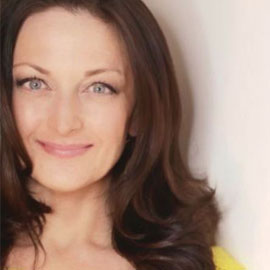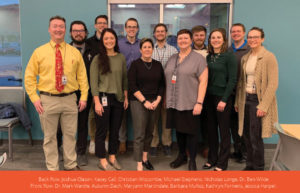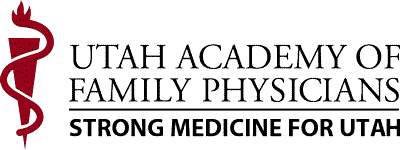By UAFP
As a physician, it can be challenging to know how to motivate patients to exercise. Motivation is particularly difficult for patients who are older, overweight, out of shape or suffering from chronic pain.
The human body loses a great deal of resilience with age. As a result, people get injured more easily as they get older, and this can present a real challenge when they decide to start going to the gym for regular workouts, especially because those injuries take longer to heal as the body ages. It is extremely easy for someone to overdo a program such as, say, lifting heavy weights, and then be unable to exercise for a period of weeks or even months as the body recovers. Problems may not be apparent immediately, but once they reach a certain level, they can prevent people from being able to continue their exercise programs. The long gaps in an exercise program that are caused by injuries make it unlikely that a patient will continue exercising after recovery.
A German athlete named Joseph Pilates invented Pilates. Physical activity triggered his asthma, and his study of Greek culture and ideology led him to look for a program that would balance body, mind, and spirit by concentrating specifically on the body’s core (the center of the muscle system) and would then improve strength, control, and flexibility as the patient continued to use the program. Studies have shown that this approach benefits the entire body. Pilates is particularly useful for dancers and yoga enthusiasts because it helps with the following problems:
- Equilibrium issues
- Flexibility problems
- Injuries related to wear and tear
- Neck problems
- Poor posture
- Spinal abnormalities
- Sprains
- Strains
- Torn muscles
Pilates is also a useful tool for physical therapists, who often use Pilates exercises as part of the recovery plan for their patients.
Although Pilates can provide a rigorous and difficult workout, it can also be easily modified to help patients take that first step toward resolving pain issues and becoming healthier in every aspect of their lives. The program is sensible and is unlikely to harm participants if done correctly. As patients build strength, Pilates can be modified again repeatedly to make it more challenging.
Pilates is not a rigorous cardio program. Instead, Pilates involves focusing on breath while moving through controlled stretches. You can do Pilates with or without machines; the purpose of the machines is to make it easier for a student to perform the exercises with correct form. However, you can also do Pilates on a floor mat. For patients with specific physical problems, or for patients who are older and whose physical condition is poor, they must receive appropriate instructions about how to modify the program so that it is within their ability to do the exercises correctly.
The results can be astounding, especially for people who have learned to think exercise is about going to the gym and getting hurt. The movements invented by Joseph Pilates are sometimes subtle, but they work, and an instructor can show you how to make the movements as challenging as they need to be.
Pilates is a wonderful supplement to other forms of exercise; best of all, it provides a safe way for people to exercise no matter where they are on their journey to improved physical health.
By UAFP
This story appears in Issue 1 2020 of the UAFP Journal.










